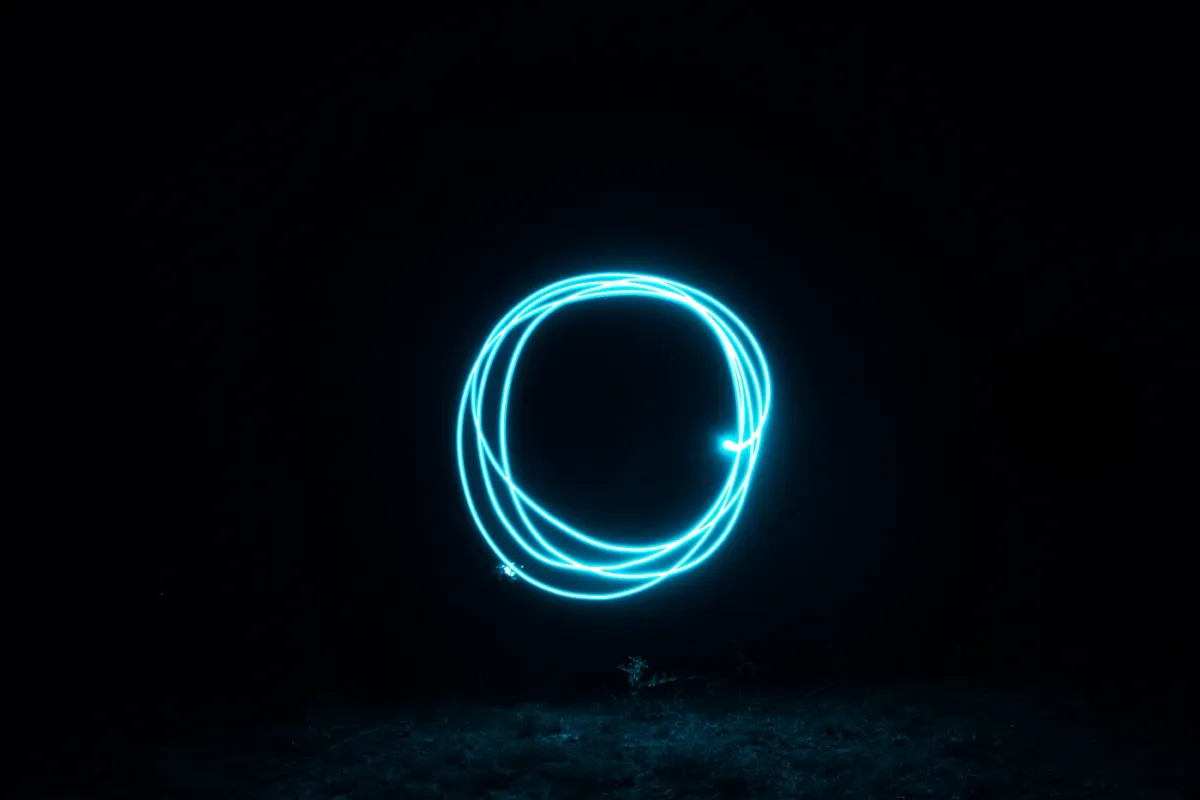Approximating Pi Using Needles
A simple experiment to approximate π

If I were to ask you “define Pi for me” you would probably recite
It’s the ratio of a circle’s circumference to its diameter
And you will definitely be right, the number Pi is strongly tied to circles and trigonometric functions so you might expect that all or at least most of Pi’s appearances in mathematics will somehow be related to that.
The experiment we are about to do seems to have no connection at all to circles or trigonometric functions but still, an approximation of Pi will rise from it — and that should be really surprising.
The Experiment
Make sure you have the following:
- A pen, paper, a ruler and matches
After gathering the items above, follow these simple instructions:
- Measure how long a match\needle is — let’s call it x.
- Draw parallel lines on the paper, make sure that the distance between every two lines is the same — let’s call it t.
- Count how many matches\needles you have — let’s call it n.
- Drop the matches randomly down on the paper.
The experiment is done, we have an approximation for Pi. You probably didn’t expect it to be that easy, but let’s see where Pi is hiding.
From all the matches you dropped, some of them intersect with the lines you drew and some of them don’t. Count how many matches did intersect with any of the lines — we’ll call it k. After counting all our parameters, simply plug them into the following formula:

Depending on the number of matches you dropped, your approximation may vary. If you wish to get a better approximation, gather more matches and repeat the experiment. Below you can see a simulation by SamuelHunter.
Code credit to SamuelHunter
Final Words
The experiment we discussed in this article belongs to a set of experiments called Monte Carlo experiments. Such experiments rely on repeated random sampling to obtain numerical results. The specific problem we have solved is called Buffon’s needle problem, which at first didn’t aim find an approximation to Pi but to calculate the probability of a match landing on a line.




